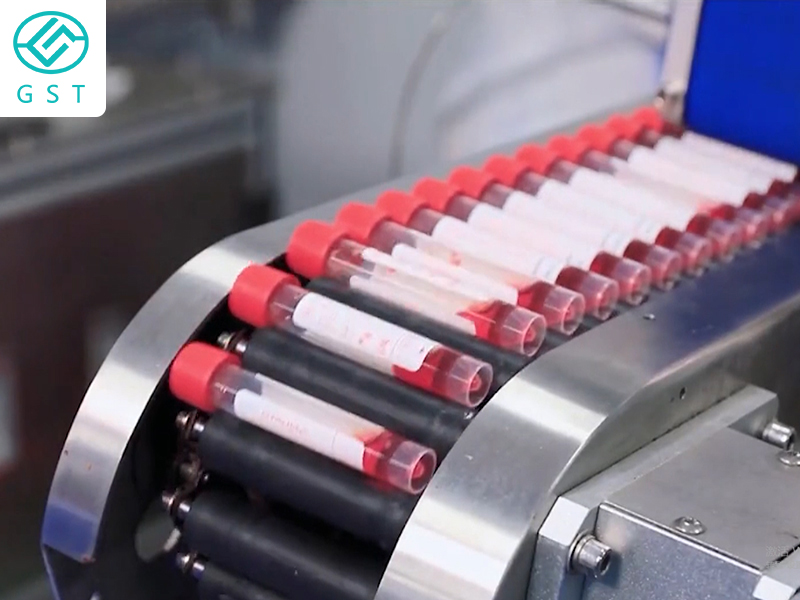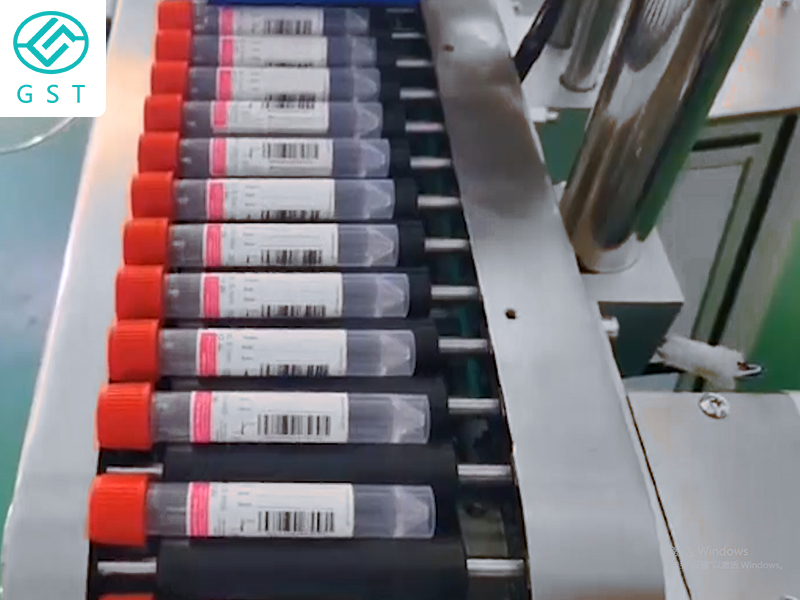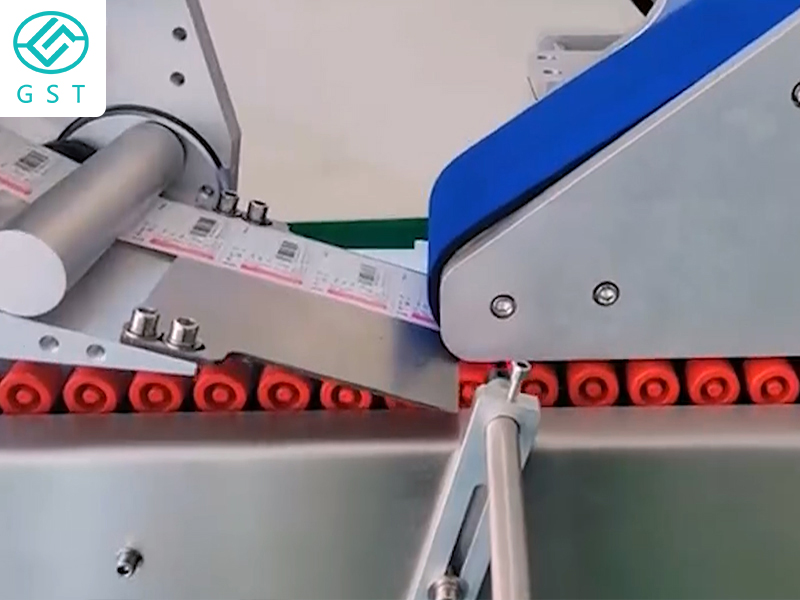Release Date:2024-07-24 15:25:02 Popularity:
Automated production line solutions are key tools for modern manufacturing to improve production efficiency, ensure product quality and reduce production costs. With the rapid development of science and technology, automated production line solutions have continued to evolve, integrating advanced mechanical, electrical, control and information technology, and realizing highly automated and intelligent production processes. This article will discuss in detail the design steps, core components, application advantages and far-reaching impact of automated production line solutions on the manufacturing industry.

1. Design steps of automated production line solutions
1. Demand analysis
Customer communication: Understand the customer's production needs, process flow, product specifications and expected goals. Through detailed communication, clarify the basic direction of the design solution.
On-site investigation: On-site inspection of the production site, collect information on equipment layout, working environment and existing production conditions, identify automation needs and potential improvement points.
2. Scheme design
Preliminary plan: Based on the results of demand analysis, formulate a preliminary plan, including production line layout, equipment selection and process flow design.
Technical demonstration: Conduct technical demonstration of the preliminary plan, evaluate its feasibility and economy, and analyze potential risks and challenges.
Optimization plan: Based on the demonstration results, optimize the details of the plan and determine the final design plan.
3. Detailed design
Mechanical design: Draw detailed mechanical drawings of equipment and production lines, design key components and assembly structures.
Electrical design: Design electrical control systems, including electrical schematics, wiring diagrams and control programs, to ensure the safety and reliability of equipment.
Software development: Write control programs and human-machine interface (HMI) software to achieve automated control and data monitoring of production lines.
4. Manufacturing and installation
Equipment manufacturing: Manufacture equipment according to detailed design drawings to ensure the accuracy and quality of equipment.
On-site installation: Transport equipment to the production site for installation and commissioning to ensure that the layout of the production line is reasonable and the connection is reliable.
5. Commissioning and acceptance
System commissioning: Commission the entire production line, detect the operation of each link, and ensure the coordination and stability of the equipment.
Functional verification: Conduct comprehensive functional verification tests to ensure that the production line meets design requirements and production goals.
Customer acceptance: Invite customers to participate in the acceptance, confirm the performance and quality of the production line, and sign an acceptance agreement.
6. Training and support
Operation training: Train customer operators and explain the operation methods and precautions of the equipment.
Maintenance training: Train the customer's maintenance personnel and explain the maintenance and care methods of the equipment.
After-sales service: Provide continuous technical support and after-sales service to ensure the long-term stable operation of the production line.

II. The core components of the automated production line solution
1. Automated equipment: Including robots, CNC machine tools, automated conveying systems, etc., responsible for performing specific production tasks.
2. Control system: Including PLC (programmable logic controller), DCS (distributed control system), etc., responsible for the automated control and data processing of the entire production line.
3. Sensors and detection devices: used to monitor various parameters in the production process, such as temperature, pressure, position, etc., to ensure the accuracy and stability of production.
4. Human-machine interface (HMI): Provides an interactive interface between operators and equipment, and displays production data, control parameters and alarm information.
5. Software system: Including control programs, data acquisition and analysis software, supporting automated control and intelligent management of production lines.
III. Application advantages of automated production line solutions
1. Improve production efficiency: Automated production lines can achieve continuous and high-speed production, significantly improve production efficiency, and shorten production cycles.
2. Improve product quality: Through precise control and real-time monitoring, automated production lines can ensure the consistency and stability of product quality and reduce the defective rate.
3. Reduce production costs: Automated production lines reduce manual intervention and operational errors, reduce labor costs and production losses, and improve resource utilization.
4. Enhance safety: Automated equipment and control systems reduce safety risks in manual operations and improve the safety of the production process.
5. Flexible response to market demand: Automated production lines are highly flexible and can quickly adjust production rhythm and processes to adapt to changes in market demand.

IV. The impact of automated production line solutions on the manufacturing industry
1. Promote intelligent manufacturing: The automated production line solution integrates the Internet of Things, big data and artificial intelligence technologies, and promotes the development of the manufacturing industry towards intelligence.
2. Improve market competitiveness: By improving production efficiency and product quality, the automated production line solution helps companies improve their market competitiveness and win more customers and orders.
3. Promote sustainable development: The automated production line solution has significant advantages in energy saving and consumption reduction, green manufacturing, etc., and helps achieve sustainable development goals.
4. Promote technological innovation: The application and development of automated production line solutions have promoted the innovation and progress of related technologies such as robots and artificial intelligence.

In summary, as the core strategy of modern manufacturing, the automated production line solution is leading the transformation and progress of the manufacturing industry with its high efficiency, precision, flexibility and intelligence. With the continuous development of technology and the deepening of its application, the automated production line solution will further promote the manufacturing industry to move towards intelligence, efficiency and sustainability, creating greater value and competitive advantages for enterprises.